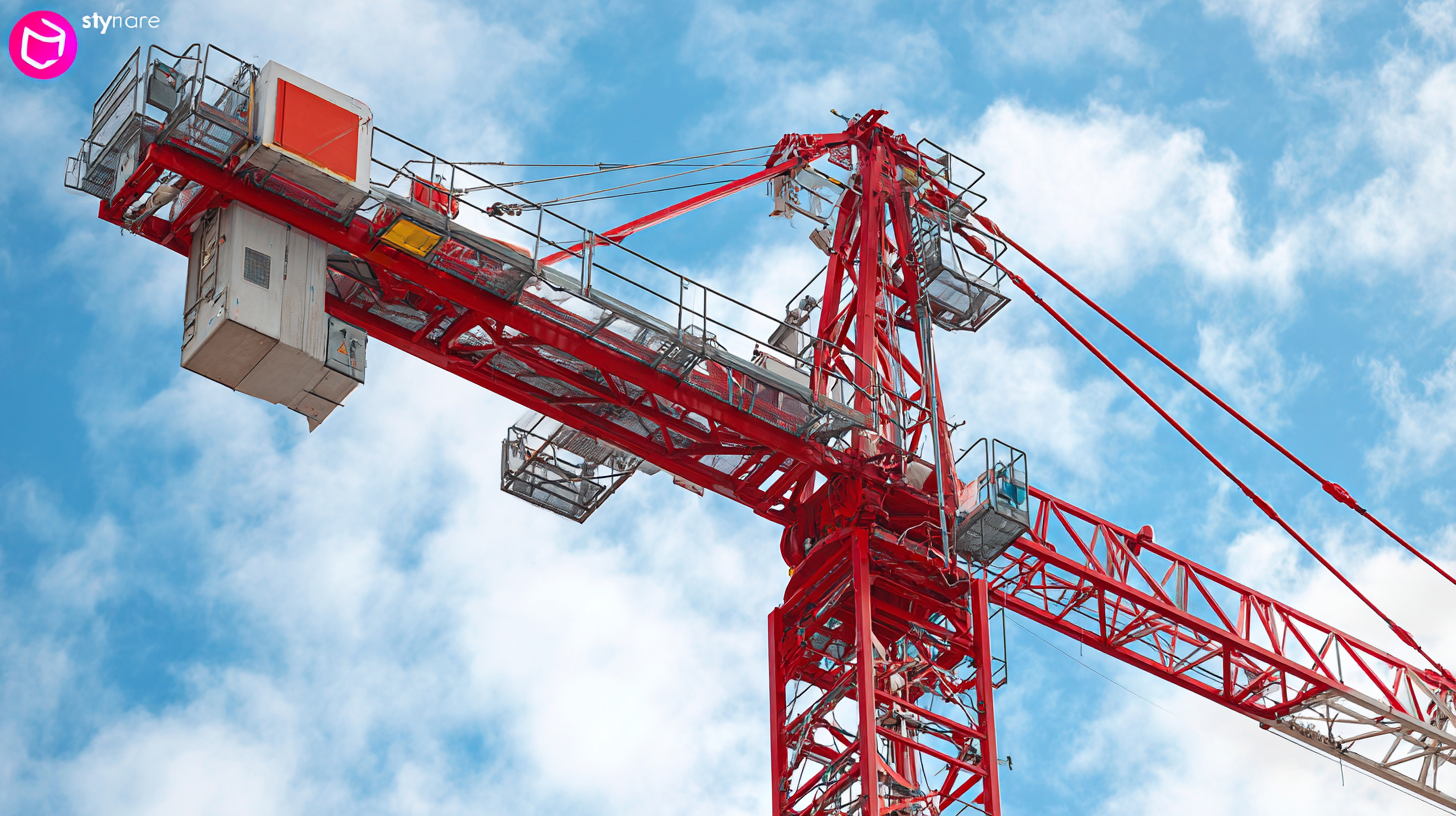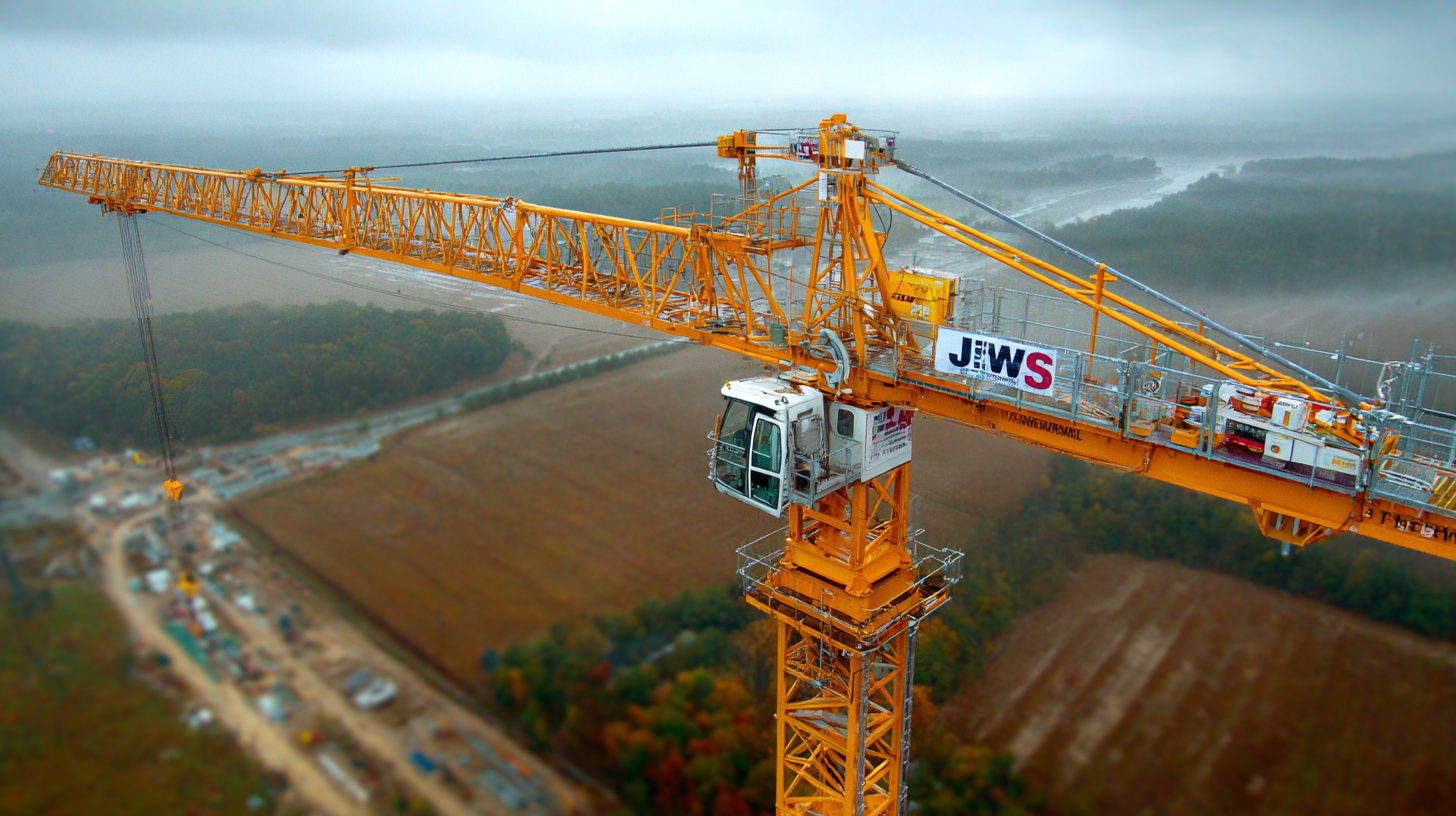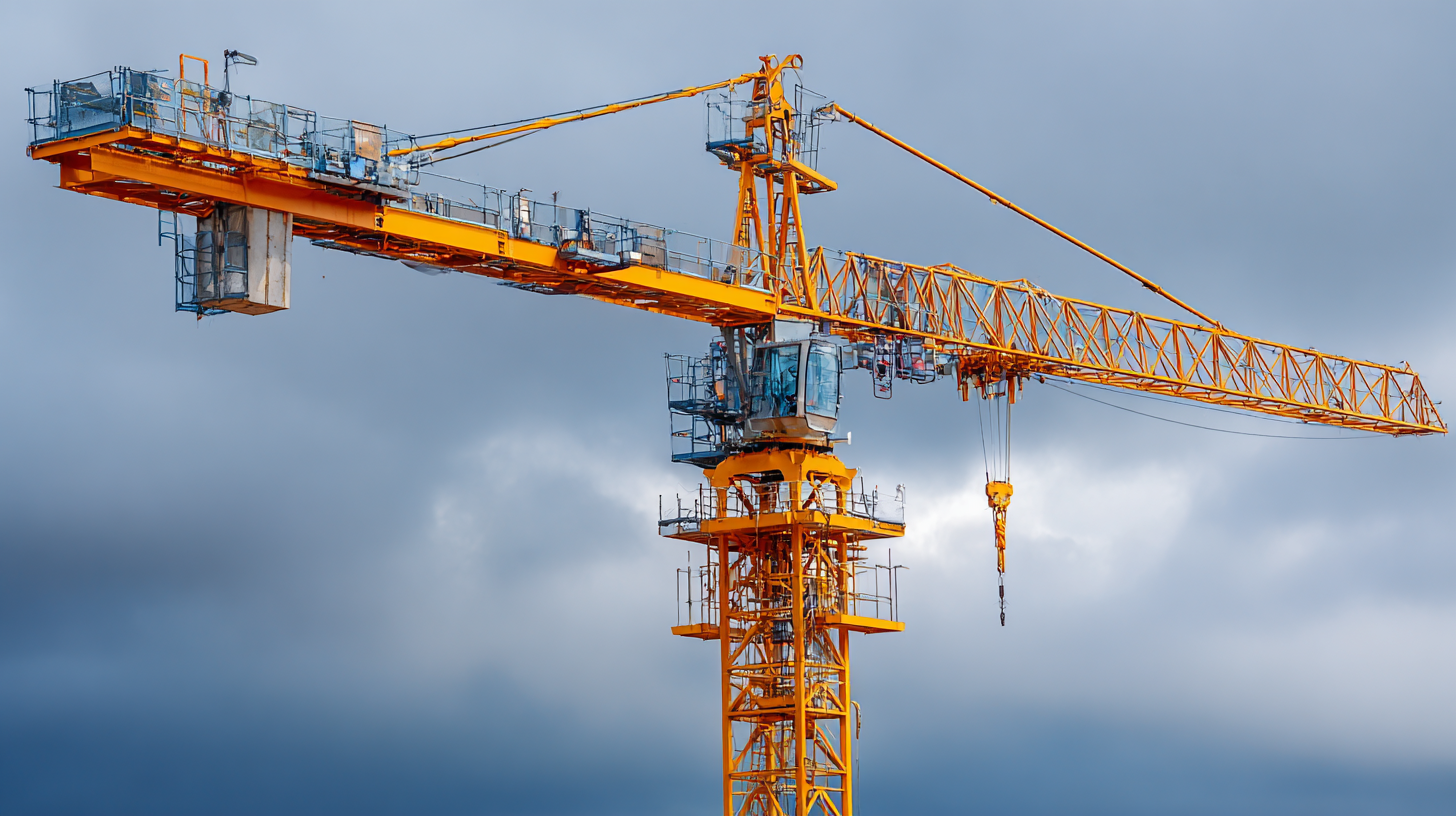In the ever-evolving landscape of construction, selecting the appropriate equipment is crucial for project efficiency and success. Among the myriad options available, the Self Erecting Tower Crane stands out as a versatile solution, particularly for projects with restricted space and challenging logistics. According to the Global Construction Equipment Market report by Research and Markets, the demand for self erecting cranes is projected to witness a compound annual growth rate (CAGR) of 4.5% from 2021 to 2027, underscoring their growing importance in urban construction settings. These cranes not only provide enhanced maneuverability but also reduce the need for extensive groundwork, ideal for tight sites and residential builds. Understanding the specific characteristics and applications of different models of Self Erecting Tower Cranes will empower project managers and stakeholders to make informed decisions, optimizing both productivity and safety on-site.

When selecting a self-erecting tower crane for your project, several key factors merit careful consideration. First and foremost, assess the crane's lifting capacity in relation to your specific project requirements. It's essential to match the crane's capabilities with the heaviest loads you anticipate handling, as this ensures both efficiency and safety on site. Also, evaluate the crane’s reach; understanding the height and radius it can cover will help you determine if it fits within your project's spatial constraints.
Another critical aspect is the crane's setup time and ease of operation. Self-erecting cranes are designed for quick assembly and disassembly, so look for models with user-friendly controls and automated features that reduce the need for extensive training. Furthermore, consider the crane's stability and anchoring options, especially if your project is on uneven terrain or in high-wind conditions. By thoroughly analyzing these factors, you can choose a self-erecting tower crane that not only meets your project demands but also enhances overall productivity and safety on your construction site.
Self erecting tower cranes are indispensable in construction, offering immense lifting capabilities and efficiency. However, like any equipment, they can encounter common issues that impact project timelines and budgets. One prevalent challenge is the crane's stability during the erection phase. To mitigate this, operators should ensure the crane is placed on solid, level ground and utilize outriggers when necessary. Regularly checking the crane's integrity before and during the operation can also prevent potential accidents.

Another significant concern is the crane's ability to operate in adverse weather conditions. High winds or severe storms can pose risks, leading to equipment failure or accidents. To tackle this issue, it's essential to monitor weather reports and establish strict operational guidelines for inclement weather. Additionally, operators should familiarize themselves with the crane's load chart and limits, allowing them to adjust their lifting strategies accordingly.
By understanding these common challenges and implementing proactive measures, project managers can ensure their self erecting tower cranes operate safely and efficiently throughout the construction process.
When embarking on self erecting tower crane projects, one of the most critical factors to consider is the cost-effectiveness of your choice. Understanding your budget is essential, as self erecting cranes can vary significantly in price based on their features and capabilities.
Begin by outlining your project requirements, including the load capacity you need, the height of lift, and the duration of use. These factors will influence the total cost of both the crane itself and associated expenses such as transport, assembly, and operational training.
Evaluating financing options can also play a pivotal role in determining the best crane for your budget. Consider whether purchasing or renting is more economically viable for your project. While buying a crane may appear more expensive upfront, long-term usage can justify the expense. Conversely, renting provides flexibility and lower initial cost but may lead to higher expenditures over time if the project timeline extends.
Balancing these elements ensures that you invest wisely, maximizing both efficiency and cost-effectiveness in your construction endeavors.
When selecting a self erecting tower crane, understanding safety standards and compliance is crucial. The American National Standards Institute (ANSI) outlines stringent regulations that guide the design and operation of cranes to ensure worker safety. According to a recent report from the National Institute for Occupational Safety and Health (NIOSH), proper adherence to these safety standards can reduce injury rates by up to 40%. This underscores the importance of choosing a crane that not only meets but exceeds these regulations.
Moreover, compliance with standards such as the Occupational Safety and Health Administration (OSHA) regulations is essential for maintaining a safe construction environment. A survey conducted by the Crane Manufacturers Association of America (CMAA) indicates that 85% of construction companies prioritize compliance when selecting equipment. Ensuring that your self erecting tower crane conforms to these safety standards not only protects workers but also minimizes legal liabilities, enhancing the overall efficiency of your project. By focusing on compliance, you can make informed decisions that will lead to safer job sites and successful project completions.
 Self erecting tower cranes are indispensable in modern construction, providing flexibility and efficiency. However, maintaining these cranes presents unique challenges that must be addressed to ensure smooth operations. One of the primary maintenance issues is the wear and tear on the mechanical components. Regular inspections and timely replacements of parts such as cables and gears are essential. Operators should establish a maintenance schedule that aligns with the crane's usage patterns and environmental conditions to prevent unexpected breakdowns.
Self erecting tower cranes are indispensable in modern construction, providing flexibility and efficiency. However, maintaining these cranes presents unique challenges that must be addressed to ensure smooth operations. One of the primary maintenance issues is the wear and tear on the mechanical components. Regular inspections and timely replacements of parts such as cables and gears are essential. Operators should establish a maintenance schedule that aligns with the crane's usage patterns and environmental conditions to prevent unexpected breakdowns.
Additionally, operators may face challenges related to the crane's setup and stability. Calibrating the crane correctly and ensuring that it is level are crucial steps that can avoid structural issues and operational delays. Training personnel on the intricacies of self erecting tower cranes not only enhances safety but also promotes better maintenance practices. Incorporating technology, such as monitoring systems that provide real-time data about the crane's performance and potential maintenance needs, can significantly streamline maintenance efforts and enhance the longevity of the equipment.
